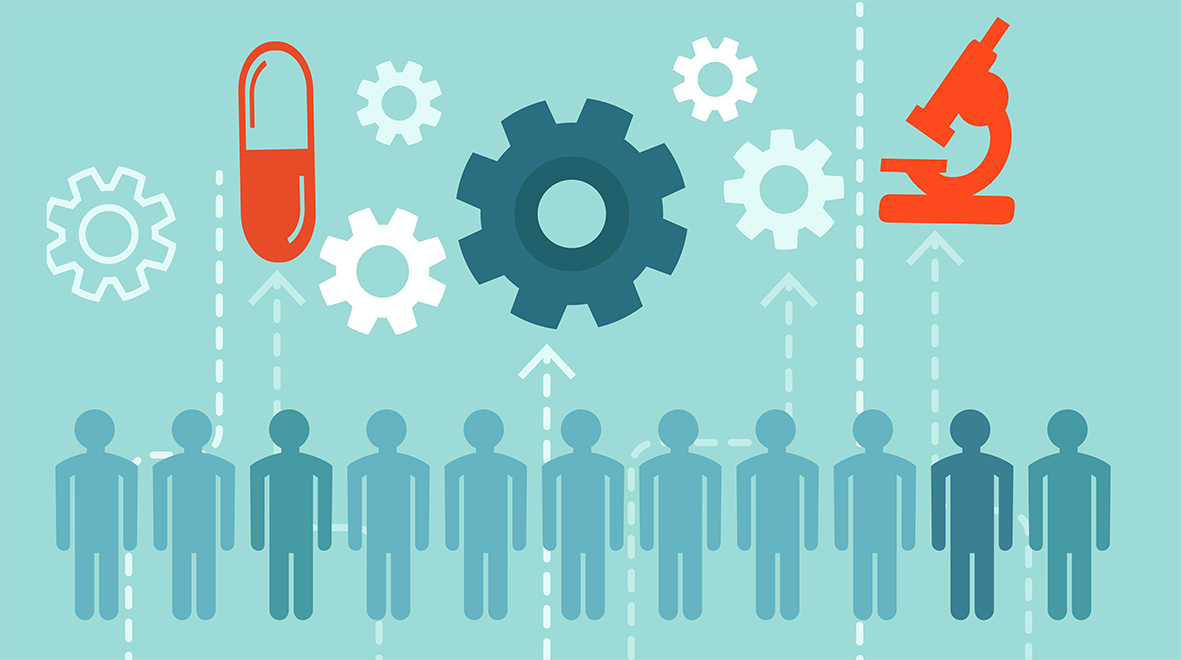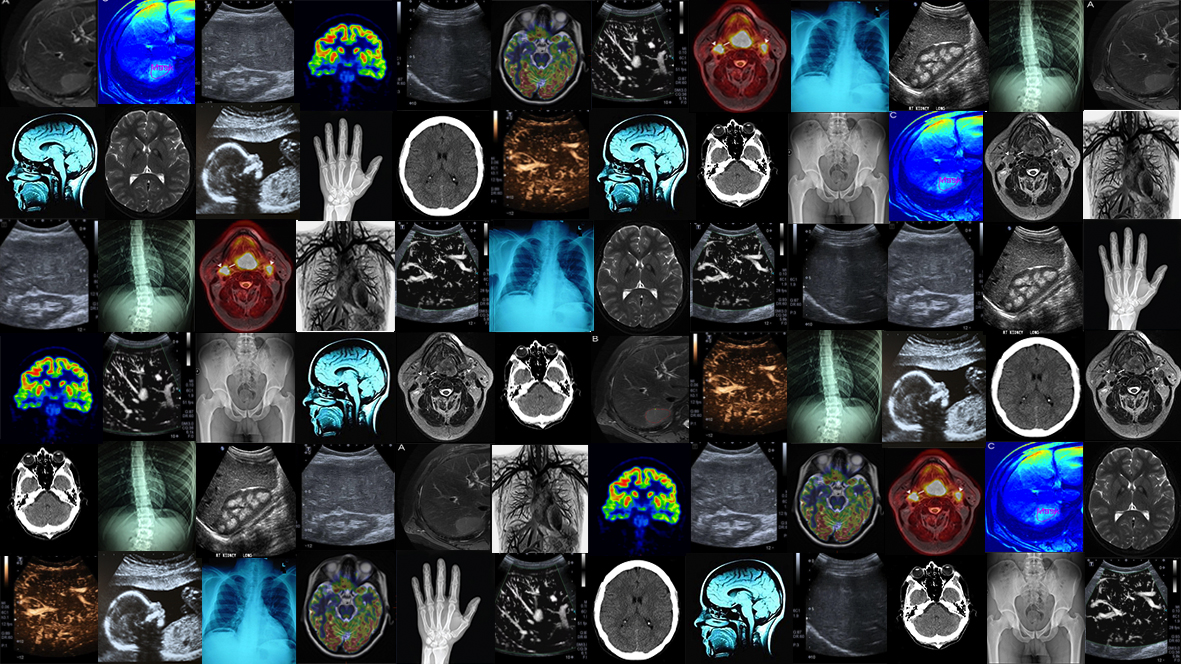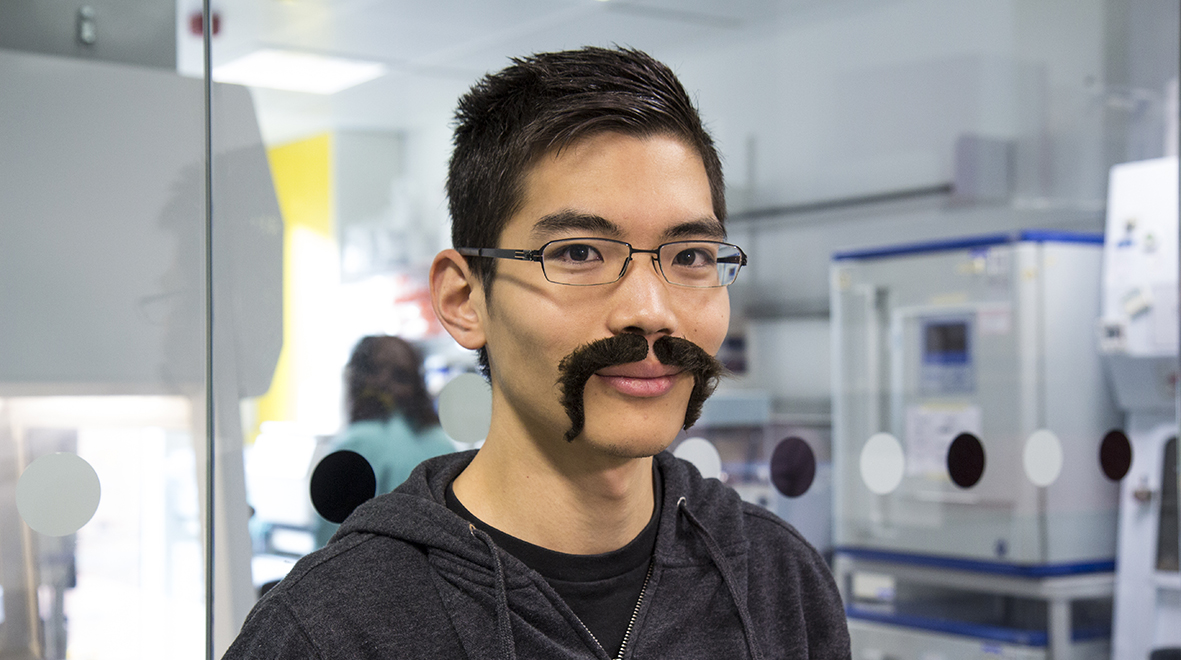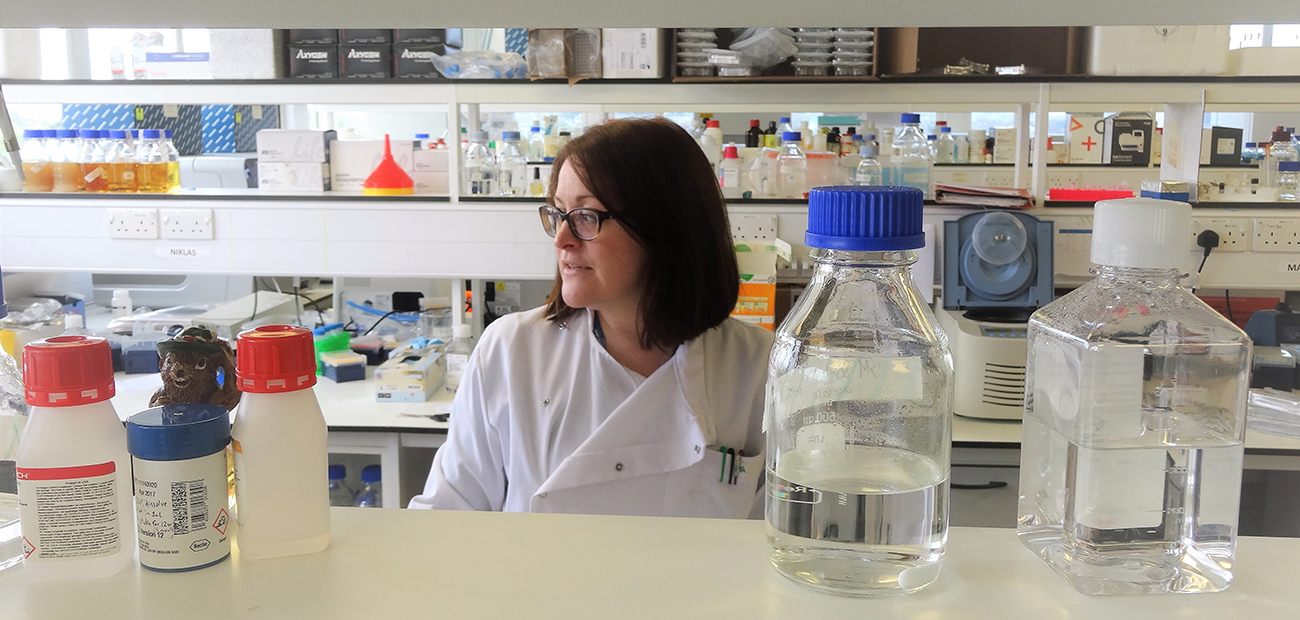Why good cancer research must have the patient at the centre

Kelly Gleason, CRUK Lead Nurse, explores the value of patient and public involvement in cancer research and how it can improve the quality and outcomes of research.
Patient and public involvement (PPI) is increasingly recognised as important. Funding bodies are asking for more and more from researchers in regard to patient and public involvement. They want to see evidence of authentic and ongoing relationships between researchers and the public that is informing what is being researched, how it is being researched and how findings are shared with the public. Funders want to see more co-creation between researchers and the public and for this to happen, researchers require help accessing larger patient networks and support in maintaining relationships with patients.
My journey with PPI at Imperial
I became involved in patient and public involvement almost a decade ago – it was a relatively novel concept back then. The need for cancer researchers to access patients to involve in their research was increasing. The Imperial Cancer Research UK Centre, where I work as a Lead Nurse, established a group of patients and members of the public for Imperial researchers to have easy access to the patient voice. The group served as a resource to researchers and inputted on everything from grant proposals to lay summaries. They helped us create a research culture at Imperial where patients were integral to what and how we carried out cancer research. (more…)


 An eye-opening account by Professor Sir Tony Newman Taylor on how asbestos has gone from ‘magic mineral’ to deadly dust that can cause mesothelioma.
An eye-opening account by Professor Sir Tony Newman Taylor on how asbestos has gone from ‘magic mineral’ to deadly dust that can cause mesothelioma.



